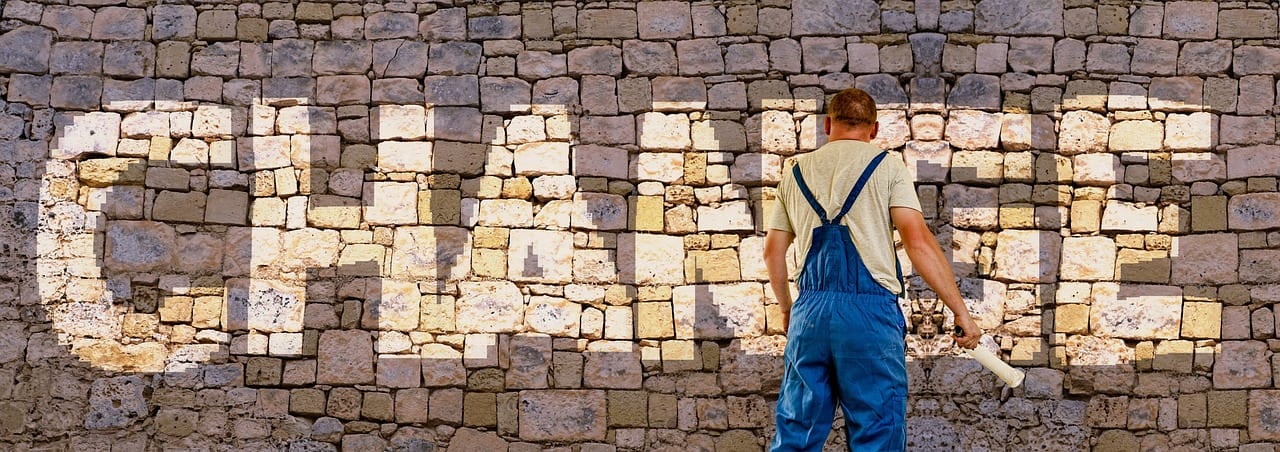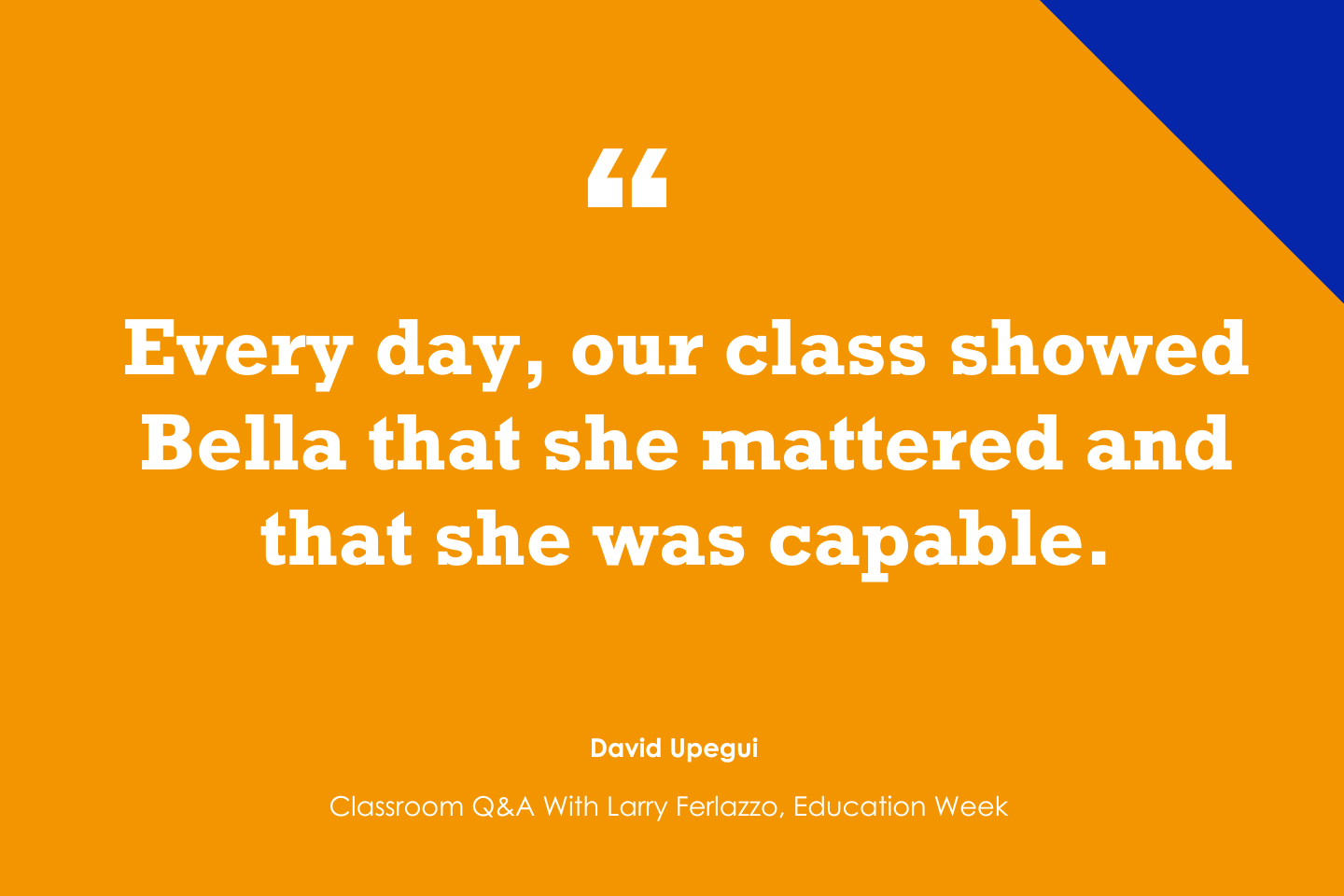Heather Martin was a 17-year-old senior at Columbine High School when a school shooting took the lives of 12 classmates and one teacher.
More than two decades later, in 2021, she was an English teacher at Aurora Central High School in Colorado when six of the school’s students were shot at a park across the street from the campus.
Martin was one of several experts and survivors of school shootings who spoke about recovering from gun violence during a recent webinar hosted by the Department of Education’s Office of Safe and Supportive Schools.
Martin and a group of Columbine survivors founded The Rebels Project in the aftermath of yet another mass shooting, this time at a movie theater in Aurora in 2012. The organization serves as a network of survivors helping other survivors recover after an incident of mass trauma.
“We wanted to provide what we did not have access to in 1999, which was people who ‘got it,’ people who understood, people who wouldn’t judge what we were feeling and would know why we were angry,” said Martin, who initially dropped out of college because of the trauma she experienced but re-enrolled a decade later.
Over the past 30 years, school shootings have “changed the culture of education,” Marleen Wong, CEO of the Center for Safe and Resilient Schools and Workplaces, said at the recent event. “It is possible to recover but it’s a very difficult journey.”
Wong said that after many school shooting there have been “deaths of despair,” or students or staff dying by suicide. To help prevent this, schools need to deploy mental health professionals immediately after violence, she said.
Jennifer Freeman, an associate professor at the University of Connecticut and crisis coordinator at the National Center on Positive Behavior Interventions and Support, said recovery happens in phases. In the week following an incident, the focus is on understanding what happened and dealing with the immediate psychological issues students and staff may be experiencing.
In the next, roughly month-long period, communities often unite around their schools. But as months go by, external support often goes away and people begin to struggle with the reality of just how long recovery can take. That’s also the time when school officials start to consider systems for rebuilding.
But recovery isn’t linear; timelines differ and recovery efforts won’t look exactly the same in every school, Freeman said.
She and other speakers, including representatives from the Uvalde Consolidated Independent School District in Texas, the Maine School Safety Center and the Delaware nonprofit Children & Families First, provided recommendations for recovery. Here are a few of those suggestions:
Don’t attempt new projects or shifts in school district strategy in the days and months after a crisis. “Your district’s typical capacity to adjust and change is going to be really limited,” Freeman said.
Consider increasing staffing and resources, at least temporarily, to meet the therapeutic and educational needs of students and staff. Many districts have found it helpful to appoint a recovery coordinator to help manage the recovery process and create a written recovery plan.
Select external help carefully. In the aftermath of an incident, schools are often approached by vendors and other outside groups pitching programs related to safety, trauma recovery and mental health. “[M]ake sure that any new practice that you consider adopting is evidence-based and is truly aligned,” said Freeman.
Collect several sources of data, including school climate surveys, that can help districts find patterns in how the recovery is going – for example, by identifying which students and faculty are most vulnerable.
Focus on building and maintaining strong relationships between staff and students. “It becomes really important as a school community to focus on reestablishing those connections to make sure that all students and staff are welcomed and feel connected,” Freeman said.
Build a relationship of trust with local law enforcement teams before an incident occurs, so those teams are familiar with the particular sensitivities of responding to crises in schools and don’t re-traumatize students.
Model and practice with students emotional regulation skills such as deep breathing and techniques to calm anxiety and stress.
Turn to resources like the guide created by the Principal Recovery Network, a group of principals who have experienced school shootings on or near their campuses.
Martin said that what helped her was eventually seeking out professional trauma therapy. “As a teacher, you’re really just going to be like ‘No, I’m fine. I can do this. I gotta push through for the kids,’” Martin said.
But, she added, “You can’t help other people, unless you help yourself.”
This story about the aftermath of school shootings was produced by The Hechinger Report, a nonprofit, independent news organization focused on inequality and innovation in education.
The post A checklist no one wants: 8 steps to take after a school shooting appeared first on The Hechinger Report.
Heather Martin was a 17-year-old senior at Columbine High School when a school shooting took the lives of 12 classmates and one teacher. More than two decades later, in 2021, she was an English teacher at Aurora Central High School in Colorado when six of the school’s students were shot at a park across the
The post A checklist no one wants: 8 steps to take after a school shooting appeared first on The Hechinger Report. Future of Learning, News The Hechinger Report








